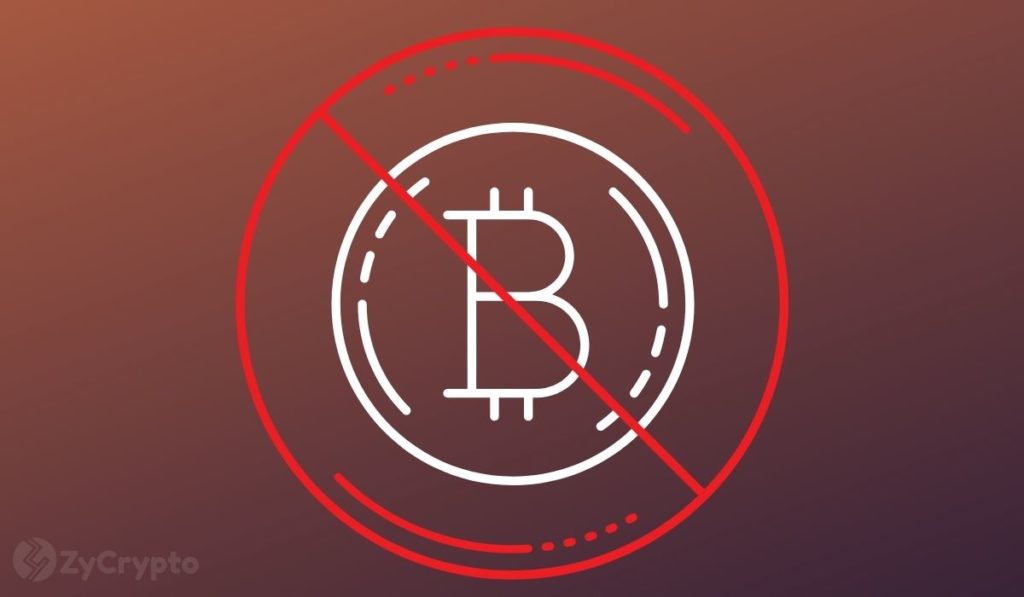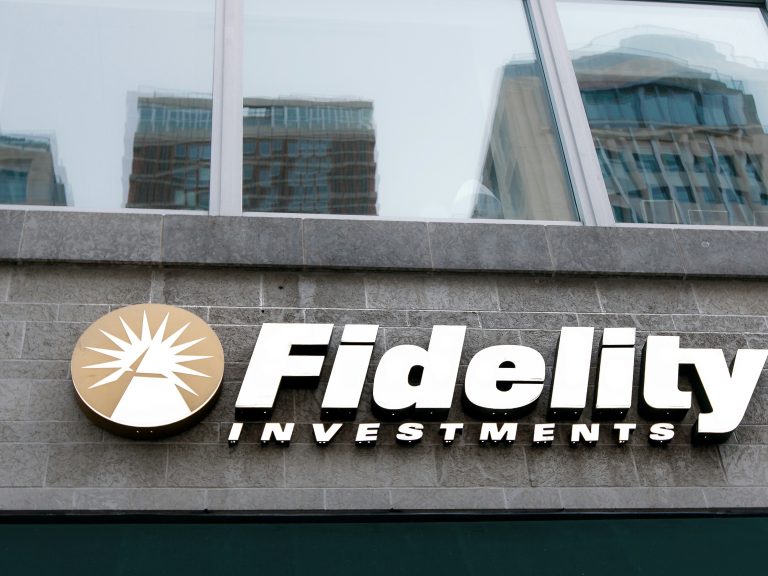2020-7-15 21:03 |
In May, billionaire hedge fund manager Paul Tudor Jones of Tudor Investment Corp. announced in a letter to investors that his fund is buying bitcoin futures as a hedge against “The Great Monetary Inflation.” In his letter, he argued that the $3.9 trillion (6.6 percent of global GDP) printed by central banks since February has the potential to trigger widespread inflation, once the global economy rebounds from the shocks caused by COVID-19.
Bitcoin’s capped supply is one of its most well-known features, and it is regularly cited as a hedge against inflation caused by government money printing.
Most people don’t know that Bitcoin has another attribute that acts as a hedge against a far larger risk.
Bitcoin can be “self-custodied” — meaning the owner has full control and does not need to rely on any third party (such as a bank) to complete transactions. People inherently understand the value of self-custody, even in traditional assets. In times of risk, people seek to hold more cash and physical gold, because they grant the holder full control simply by being held. At the beginning of the COVID-19 crisis, physical gold actually sold out as people rushed to buy it.
Self-custody of bitcoin is easier to achieve than the self-custody of either gold or cash. Physical settlement is cheap and efficient due to bitcoin being entirely digital, and it’s easy to cryptographically verify authenticity. All of this is much more difficult for gold, which is part of why bitcoin self-custody is so attractive.
Bitcoin held in self-custody runs on an entirely separate financial system than the traditional one, making it a systemic hedge. In other words, Bitcoin is not only a hedge against inflation, it’s a hedge against failure of modern financial infrastructure such as banks, clearing and settlement networks, foreign exchange markets and payment rails. Bitcoin held in derivatives or on exchanges is not held in self-custody, and therefore it doesn’t have the same systemic hedging properties.
Why not? Because bitcoin held with a custodian is subject to approvals by that custodian. If the custodian is an integrated part of the traditional financial system, the bitcoin it holds is part of the traditional financial system as well. Those coins can be frozen in times of market stress or seized by governments. The threat of seizure may be small today, but in a world where the value of Bitcoin increases significantly, like the Tudor letter predicts, that threat could increase alongside Bitcoin’s value.
Needless to say, Bitcoin can’t be a hedge against the system if a large financial institution that is part of the system is holding it.
Is systemic risk actually worth worrying about? It’s more of a risk than most people think. Sovereign debt crises and currency failures often go hand in hand with times of high inflation, as fellow billionaire hedge fund manager Ray Dalio pointed out in his latest post, “The Changing Value of Money.” In recent sovereign debt crises, such as in Lebanon today or in Cyprus in 2013, assets have been both frozen and seized, not to mention lost outright in bank failures. Just a few weeks ago, the FDIC reminded U.S. citizens via a creepy video that it’s perfectly safe to keep your cash in the bank.
These are uncertain times, and we aren’t sure whether current global fiscal policy will save us from this crisis, or carry us inexorably into a deeper one. But if you’re investing in bitcoin to hedge against the unknown, doesn’t it make sense to reap the benefits from all of it’s hedging attributes? If your answer is yes, it’s time to take advantage of self-custody.
This is a guest post by Nick Neuman, CEO of Casa. Opinions expressed are entirely his own and do not necessarily reflect those of BTC Inc or Bitcoin Magazine.
The post Bitcoin: More Than an Inflation Hedge appeared first on Bitcoin Magazine.
origin »Bitcoin (BTC) íà Currencies.ru
|
|
















